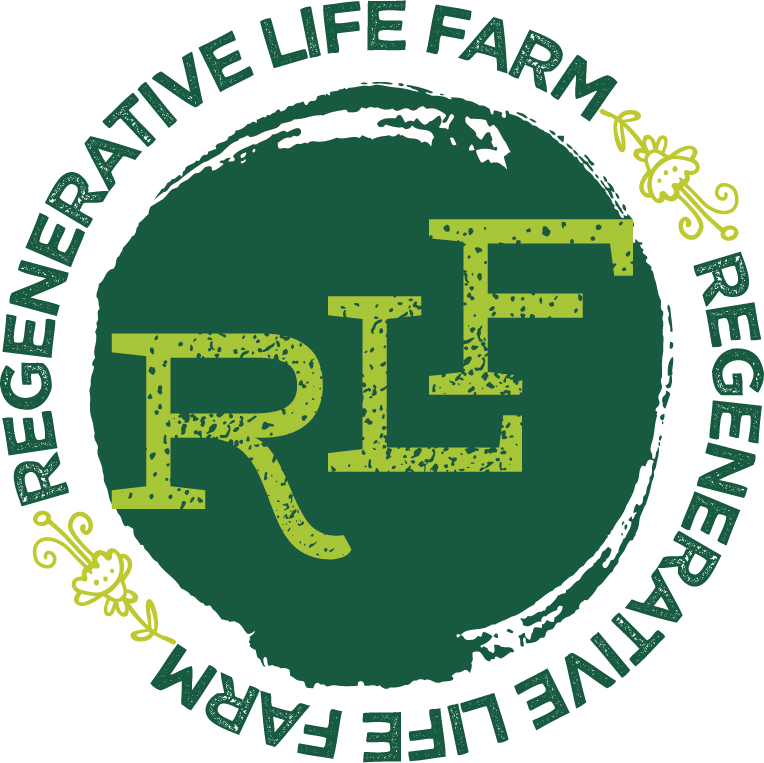Bountiful Table
This appeared in the September 10, 2020 edition of The Fish Wrap
The evolving meta-crisis brings up fear and sadness, but crisis also provides clarity and an opportunity to make positive changes. We have been thinking about the food supply chain and how to prepare for coming food shortages. This liminal space shines a light on how much of the food produced is just wasted.
There is waste at every step of the food supply chain. In the field, produce with any blemish is left in the field or discarded. Then there is waste in transport, like getting crushed or sitting too long in a truck. Further items are culled during processing and at the grocery store. Then it sits in the back of your fridge for too long or gets left behind by people who don’t clean their plates.
All told, at least 40% of the food grown in this country is wasted. A bit of that goes to animal feed, but most goes straight to the landfill where it produces greenhouse gasses. Agriculture creates 25% of the global emissions which is especially sad since a fair bit of that pollution is created not to produce food, but just to produce garbage. Also consider the soil, water and human and animal labor that went into producing that wasted food.
Rather than bemoaning the sad state of the world, we find purpose and contentment in preparing for the future. Here’s what you can do. Shorten your own food supply chain. Buying directly from the farmer maximizes shelf life and maximizes the chance that you will eat all the food you buy. When you support a local food producer today, you are investing in infrastructure that will be in place when times get hard. Use this challenging time as an opportunity to find ways to thrive in the new world that is emerging!
